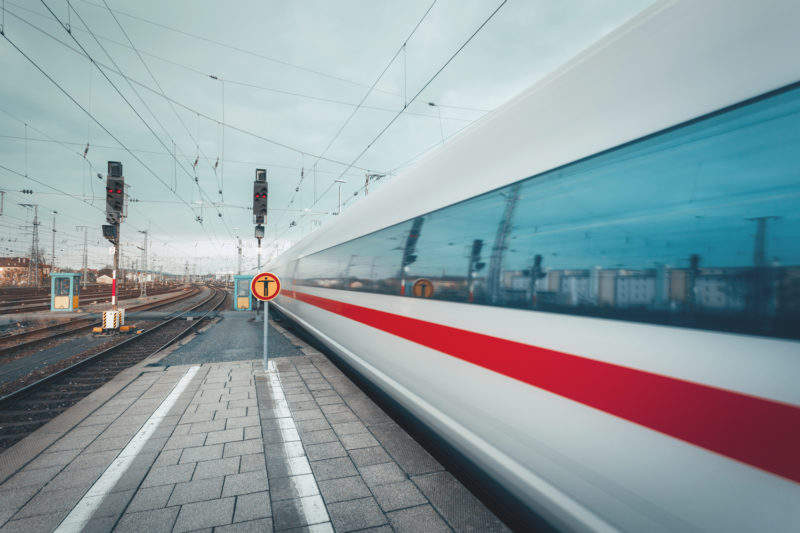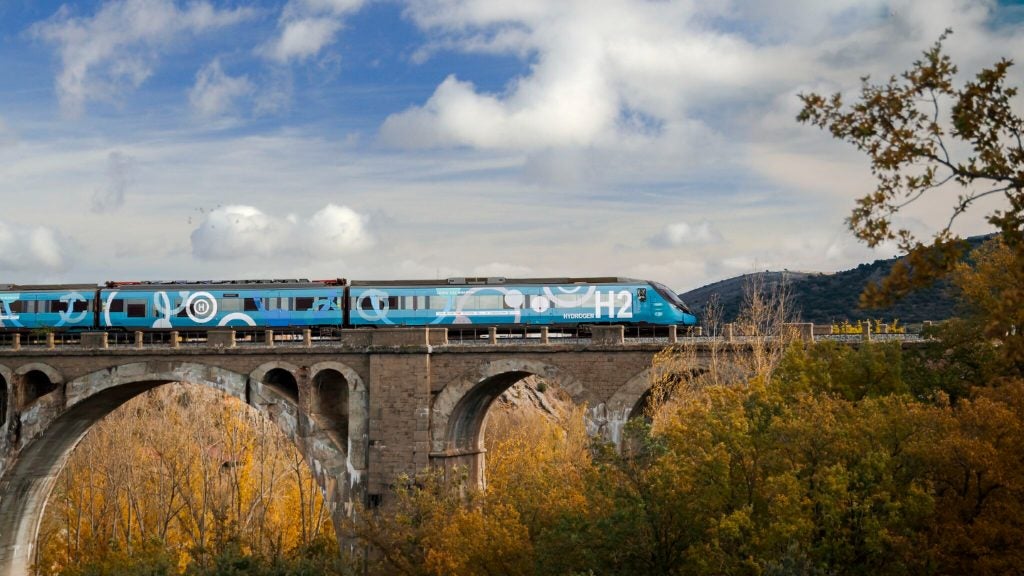
Patience may be a virtue, but it has its limits.
This is something the people of Stuttgart know only too well. It has now been over eight years since ground was first broken on a new railway station in the German city, yet it’s looking increasingly likely it won’t open its doors until 2024 – at the earliest.
Of course, public infrastructure projects on such a large scale don’t emerge overnight, but the new station, overseen by Deutsche Bahn, Germany’s state-owned rail operator, was originally pencilled in for completion by 2021. At the time of writing, the project is slated to cost €7.6bn – roughly €1.1bn over projections from four years ago.
Deutsche Bahn attributed the overspend to unexpected construction costs and, more bizarrely, to restrictive rules around the protection of lizards and beetles in the state of Baden-Württemberg.
The new station – if and when it reaches completion – forms part of a wider project known as “Stuttgart 21”, which aims to create a 267km stretch of high-speed railway between Stuttgart and Munich. Moreover, the line makes up part of a greater, pan-European high-speed rail route, running from Paris to Budapest via Strasbourg, Stuttgart, Munich, Vienna and Bratislava.
The project has never achieved universal popularity, long decried as being a waste of money, and for Germany’s Green Party, a disturbance to local ecosystems along the route. And looked at from a wider lens, the problems in Stuttgart are indicative of Europe’s continuing uneasy relationship with high-speed rail.
How well do you really know your competitors?
Access the most comprehensive Company Profiles on the market, powered by GlobalData. Save hours of research. Gain competitive edge.

Thank you!
Your download email will arrive shortly
Not ready to buy yet? Download a free sample
We are confident about the unique quality of our Company Profiles. However, we want you to make the most beneficial decision for your business, so we offer a free sample that you can download by submitting the below form
By GlobalDataDamning verdict: European high-speed railways offer “low-added value”
While Asia’s embrace of high-speed in recent years appears to be seamless, similar projects in Europe, have progressed at roughly the speed of continental drift, despite high ambitions.
According to the European Court of Auditors (ECA), an EU spending watchdog, eight of the 30 high-speed projects currently on the EU’s books have already been delayed by at least a year. More damning still, five of ten lines audited have experienced delays of over a decade.
Further indictments form the bulk of a recent study by the ECA, published in June this year. The group’s analysis, covering more than 5,000km across six EU countries – Austria, Germany, France, Italy, Portugal and Spain – revealed that trains currently run at around 45% of their potential velocity. High-speed railways on the continent are delivering “low-added value”, says the report.
Blame should be laid at the door of governments, claims the ECA, who have overstretched and failed to utilise funding provided to them by the EU. According to researchers, the six aforementioned countries received 83.5% of all EU funding for high-speed lines since the turn of the century.
“Our special report makes it clear that in a number of areas funds allocated to high-speed rail in Europe could have been spent in a more cost-efficient manner,” says an ECA spokesperson.
“For instance, in many cases, trains are running on very high-speed routes at far lower average speeds than the lines are designed to handle. It would therefore be wiser to make a thorough needs review and consider the upgrade of existing conventional lines before building under-used high-speed infrastructure.”
A lack of pan-European vision
In the ECA’s eyes, misguided political considerations over watertight cost-benefit analyses have been the main factor behind this apparent folly. A distinct lack of a clear pan-European vision – in which nations have simply gone about pipe-dreaming national high-speed rail networks over cross-border considerations – hasn’t helped either.
“Political decision-making was not always supported by careful analysis of the needs, costs and benefits in the planning phase,” says the spokesperson. “Costs were frequently under-estimated and potential future benefits inflated.
“In addition, the European Commission (EC) currently has no power to make sure member states build the planned lines. As a result, an ineffective patchwork of lines has been constructed, without any links and connections on key EU core network corridors, especially on cross-border lines.”
This all makes the EC’s insistence that it can triple the length of Europe’s high-speed rail network by 2030 risible. It also begs the question: is the EC in some state of denial? And if so, how damaging might this sense of illusion be to Europe’s charge to build a genuine high-speed rail network?
“We consider [the EC’s aim] highly unlikely, not to say unrealistic,” says the spokesperson. “We indicate in our report that the duration of works on the lines we audited was 16 years on average, and that initial planning also takes several years. In other words, construction work should have already started to triple the number of kilometres of high-speed rail by 2030.”
Flights of fancy: can rail ever compete with air travel?
High-speed rail on the continent isn’t just about getting from A to B as quickly as possible. With the aviation industry in the crosshairs like never before over its environmental responsibilities, rail has been posited of late as a viable, greener competitor, particularly when it comes to shorter journeys. But, in light of such a damning report, can we really expect railways to steal a march over the skyways?
“High-speed rail has many intrinsic benefits,” explains the spokesperson. “It performs very well when lines connect megacities with sufficient frequency and competitive prices. This is why policy-makers, infrastructure managers and railway companies have to act together with regard to the cost-efficiency of projects and the opening of on-track competition.”
The ECA is calling out for greater cross-border collaboration in order to create a high-speed rail network than can truly be described as European, as opposed to just German, French or Italian – but given how late in the day it is, this won’t come easy. For one thing, the EC will need to be more proactive in instigating dialogue between member states on how they can be better connected by railways.
“The European Commission should get more closely involved, be given more power and sit in the driving seat to define, together with the member states, the key priorities for building new high-speed rail infrastructures,” says the spokesperson.
“It is also crucial to monitor these projects closely and to intervene if things are not being done as agreed.”






